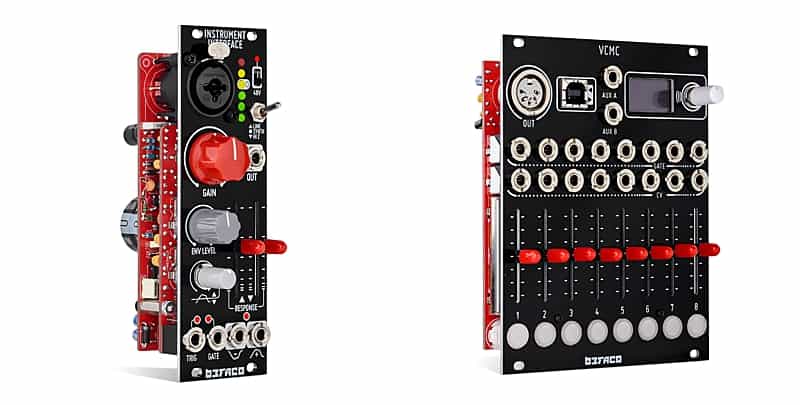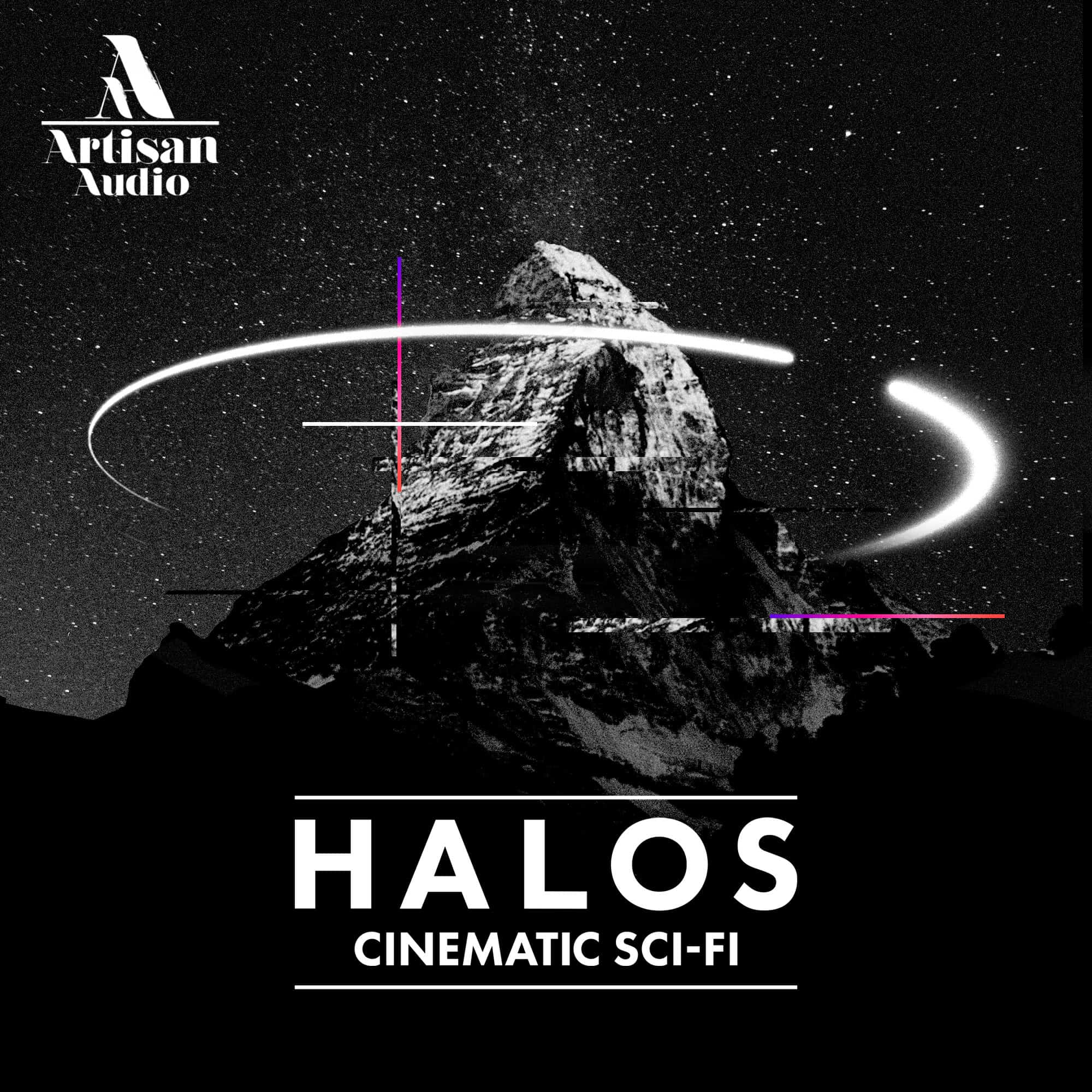Mutable Instruments Dual Tides + Warps
I love complex oscillators because of the insane amount of sounds and timbres you can get from them. I noticed Mutable Instruments doesn’t really have one. So I did some searching and found a tip from Emilie to use two Tides and Warps. Mais oui!
This video also features a test with two Plaits and Warps, which is also cool, but it doesn’t give you the versatility of a real CO with all the outputs you can patch everywhere. However, the sounds you can get from it, is totally amazing because of all the weird sounds Plaits has to offer. Nothing ‘classic’ about it though!










